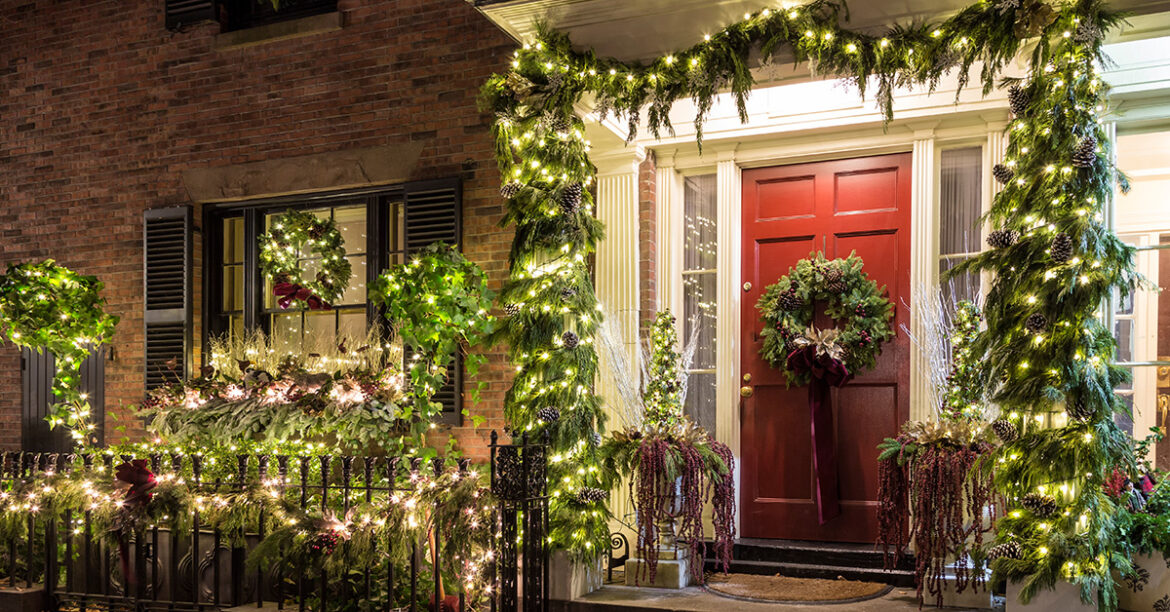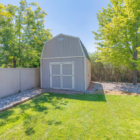
As the holiday season approaches, it is a good time for associations to consider its authority regarding outdoor holiday decorations. Every community is different, and opinions vary about when the holiday decorations should be put up and “how much” is “too much.” Some people want to start decorating for the holidays on November 1, while others think that you should at least wait until after Thanksgiving. Some communities only permit white lights and prohibit “blow up” decorations, while in others “anything goes.” And it is no longer just the December holidays—it has now become more popular to decorate for other holidays such as Easter, Fourth of July, and Halloween. When one holiday ends, another is right around the corner, so you may have some homes with a never-ending carousel of holiday decorations.
Rarely are holiday decorations addressed in the declaration of covenants and restrictions. Rather, restrictions on holiday decorations are typically included in an association’s rules and regulations and/or architectural control standards. It is important that any restrictions be properly adopted and included in written regulations.
When adopting these types of rules you must examine the association’s governing documents to determine if the time frames required for notice of the meeting exceed the requirements in the Florida Statutes. The statutory requirements are different depending on whether the decorations are within the unit but visible from the outside, or affixed to the exterior of the home or unit’s boundaries.
In addition, the Board must have “rule-making authority” over the individual parcels/units. Most governing documents give the Board the authority to adopt rules involving the “common areas/common elements,” however, some governing documents do not give the Board the authority to adopt rules involving the individual parcels or units.
As far as the content of the rule, the standard is “reasonableness.” This can be subjective and can vary from community to community. In a community where the homes are far apart from each other, it may be more reasonable to take a “hands off” approach compared to a “zero lot line” community where a neighbor’s outdoor lights might shine into another neighbor’s windows. Before adopting these types of rules, it may be best to survey the community to get a sense of what the owners would favor.
Also, because of laws that prohibit discrimination based on religion, it is best to avoid restrictions based on the content of the holiday displays. Rather, the rules should focus on things such as: the number of days before and after a holiday that decorations may be displayed; the hour that lighted displays must be turned off; the hour that displays with sounds must be turned off; and the number, size, and location of the displays.
In conclusion, there is no “one size fits all” to the question of regulating holiday decorations. However, having set guidelines in place ahead of time can avoid those rare situations where the size, scope, and noise of some holiday decorations can encroach on the peaceful use and enjoyment of others in the community. You should consult your community association attorney when drafting and voting on holiday decoration guidelines to ensure that such provisions are being created and approved in accordance with applicable laws.






Recent Comments